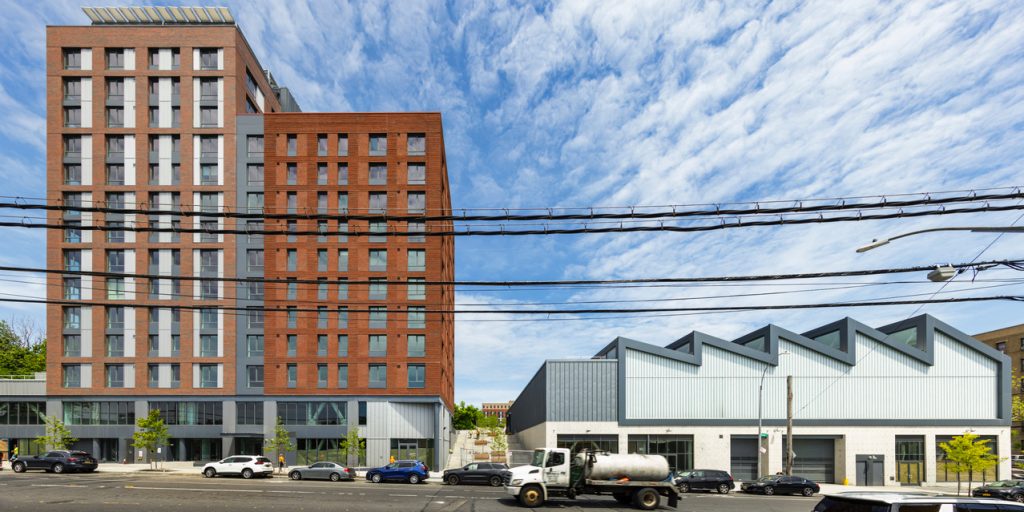Metal buildings can be a lifesaver for local governments needing to expand
In 2023, cities and counties are relying on metal buildings to help them meet their infrastructure needs and requirements, says Harlem, N.Y.-based architect and educator Victor Body-Lawson FAIA, founding principal of Body Lawson Associates Architects & Planners.
“Yes, metal building systems are ideal for needs and uses like infrastructure, storage, recreation facilities, industrial warehouses and even some government buildings. They are highly weather-resistant and relatively durable, and flexible—you can add to them or even move them with relative ease.” Body-Lawson notes that metal construction tends to cost less to build and maintain than conventional construction, with significantly shorter construction times. “The materials often arrive as prefabricated parts ready to assemble at the construction site, which reduces the costs associated with labor.”
Body-Lawson says that the most common local and municipal government applications for metal construction are usually facilities for storage of equipment, construction materials, vehicles and the like. “These days, many cities and towns are also applying metal construction methods to quickly build new, lower-cost response stations for EMT services, firefighters and police.” He adds that in some cases, the metal structures can be installed to create light-industrial settings and even temporary school facilities, and in other cases for recreation centers, government offices, and to serve as replacement buildings following a disaster.
“Durability, flexibility, customizability and reduced cost make them reliable, viable solutions for government needs,” Body-Lawson says. “The speed of construction compared to conventional construction is a significant advantage in terms of getting quickly to the occupancy and use phase.” He adds that metal construction is suited for storage and is customizable for a range of applications.
He urges city administrators and officials considering metal building solutions to look carefully into who are the most reputable manufacturers of metal construction materials and prefabricated systems. City officials should do some preliminary analysis as they contemplate metal and other construction approaches, Body-Lawson explains. “The first step is to determine the need or application and review the context of the land area before deciding whether metal construction is appropriate. Included in this analysis should be measuring the desired life span of the new building against the typical life expectancy of the type of metal construction being considered.”
There is a procurement vehicle that can be a potential solution for governments as they plan a metal building acquisition, according to Body-Lawson. “Cooperative contracts, which allow multiple agencies to make purchases from pre-qualified vendors, can be enormously helpful in saving time and resources. They can leverage the buying power of other agencies to get favorable pricing terms, especially with vendors competing to outbid for these large and lucrative contracts.”
The Metal Building Manufacturers Association (MBMA) spotlights the government market and government applications at this site. “For 2021, our members reported just over 1,000 metal buildings sold in the ‘Government Administration & Services’ category. That represents about 3 percent of all metal buildings sold,” says Tony Bouquot, MBMA general manager.
OMNIA Partners offers a robust portfolio of cooperative contracts in the public procurement space. OMNIA Partners Public Sector lists several cooperative contracts that feature Modular Buildings and other building systems.
Michael Keating is senior editor for American City & County. Contact him at [email protected].




















